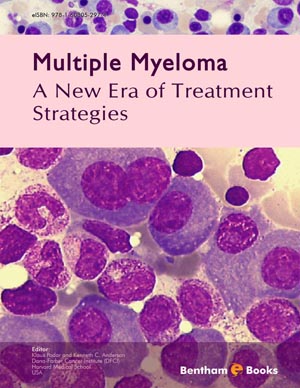Abstract
Multiple myeloma (MM) is a yet incurable malignancy of mature B lymphocytes that account for approximately 1% of all cancers in Whites and 2% of all cancers in Blacks in the United States (US). Demographic patterns of MM incidence and mortality are well described, but more precise characterization of individuals at the greatest risk for MM to have proven elusive. A vast body of literature on the etiology of MM identifies a few likely risk factors—including family history of MM or MGUS and the potentially modifiable risk factor, obesity-but also illustrates the inconsistencies that arise in the epidemiologic study of rare and lethal malignancies due to inherent methodologic and practical challenges. The study of risk factors for the benign precursor condition called monoclonal gammopathy of undetermined significance (MGUS) lags behind that of MM. However, recent studies on MGUS have provided intriguing new insights on the natural history of monoclonal gammopathy, including demonstration of the occurrence of MGUS prior to essentially all diagnoses of MM and the suggestion that MGUS and MM share several etiologic factors. Improved characterization of risk factors for MM, MGUS, and MGUS progression is necessary to inform the development of MM prevention strategies. In the following review, we offer a summary of the current understanding of the descriptive epidemiology and etiology of MM and MGUS and suggest areas of focus for future research.
Keywords: MGUS, incidence, mortality, socioeconomic status, survival, familial risk, genetic risk factors, autoimmune conditions, environmental and occupational exposures, lifestyle factors.






















